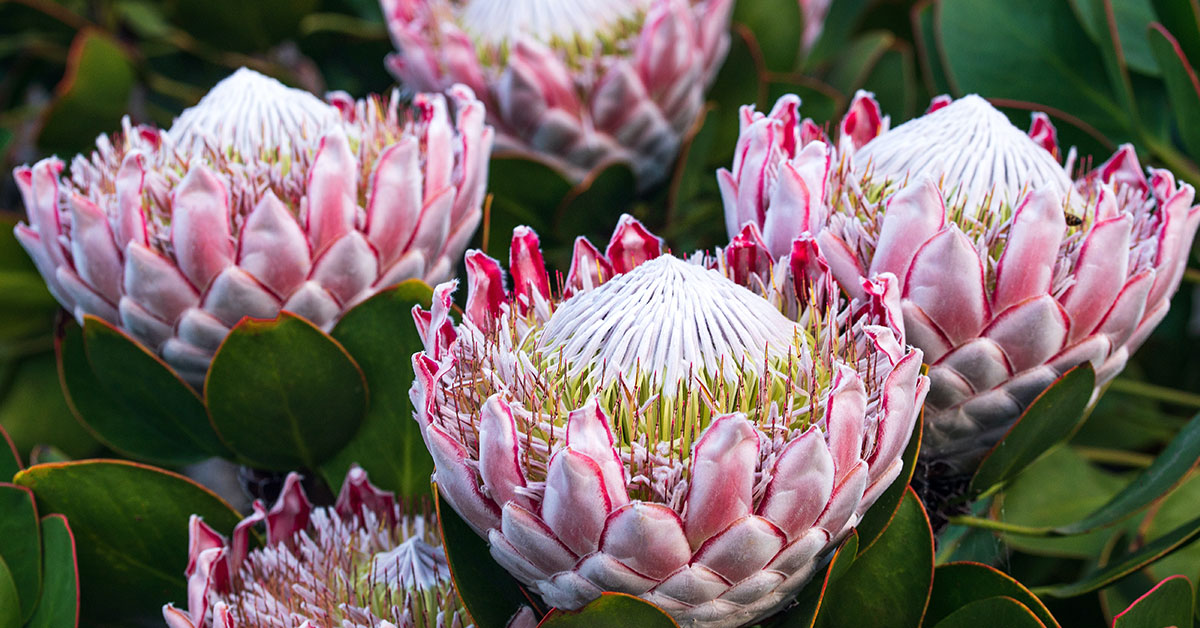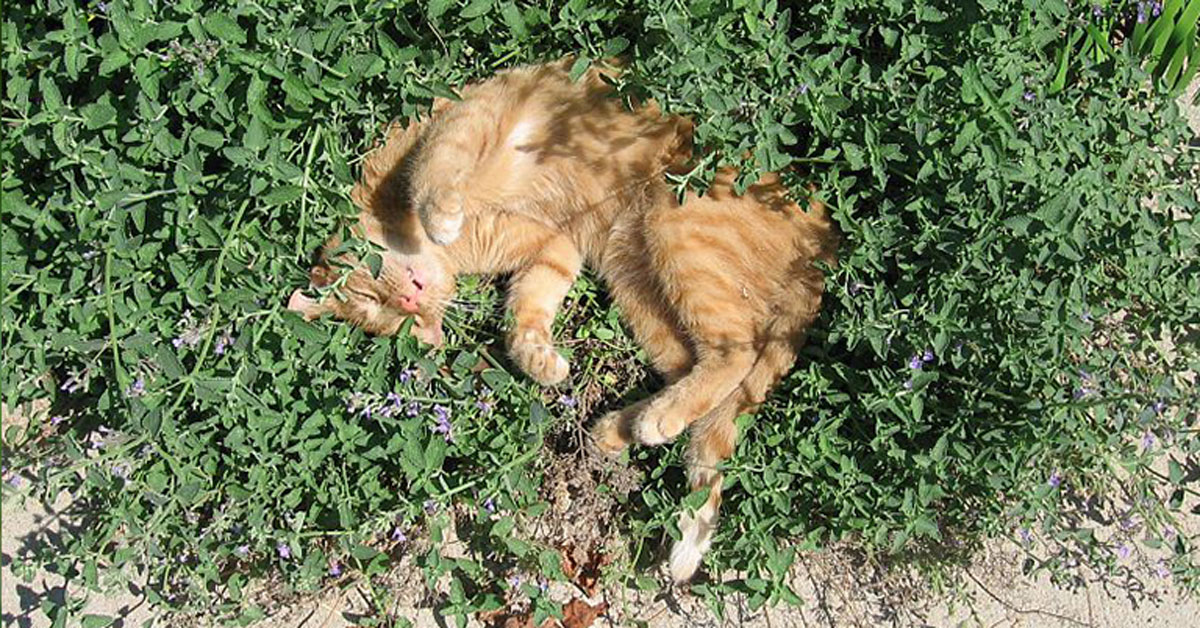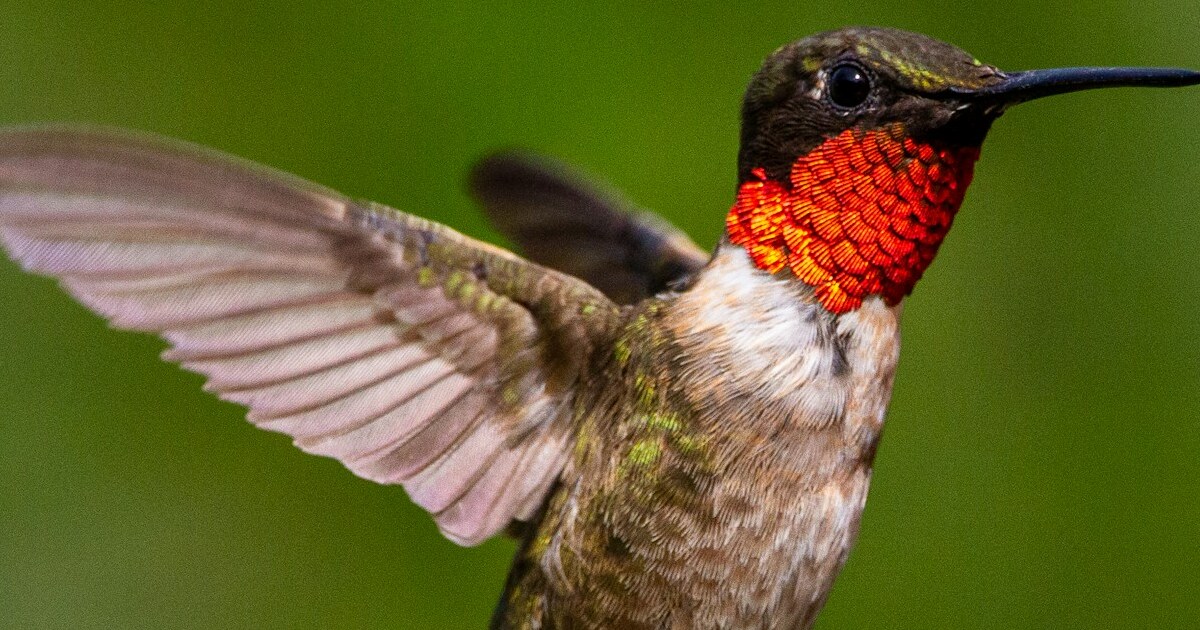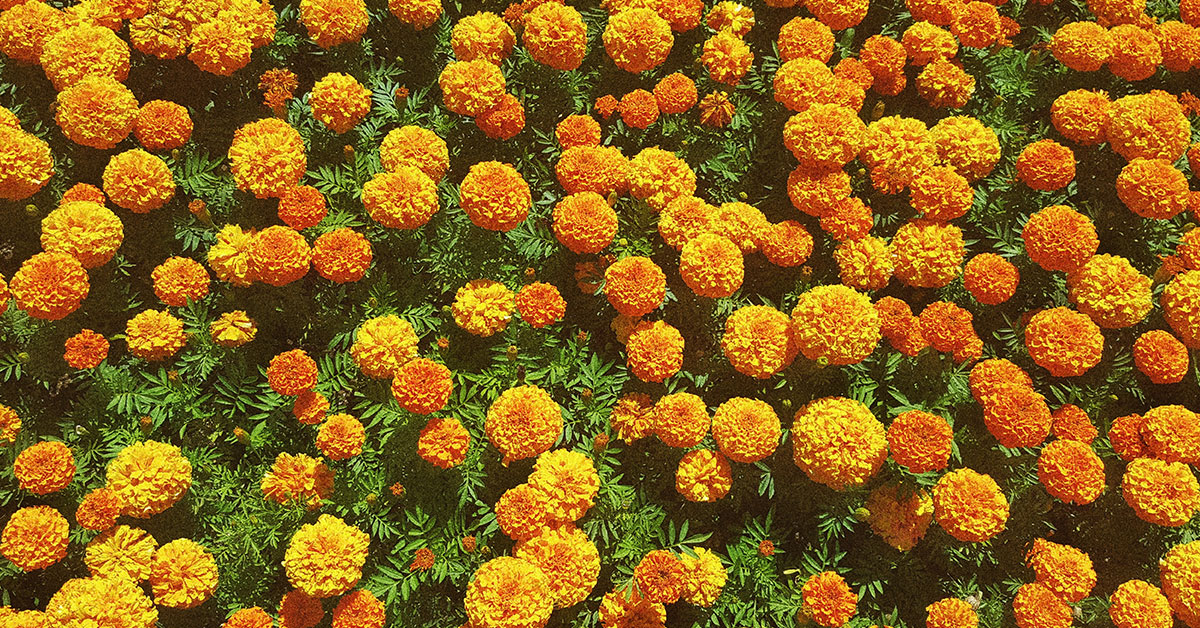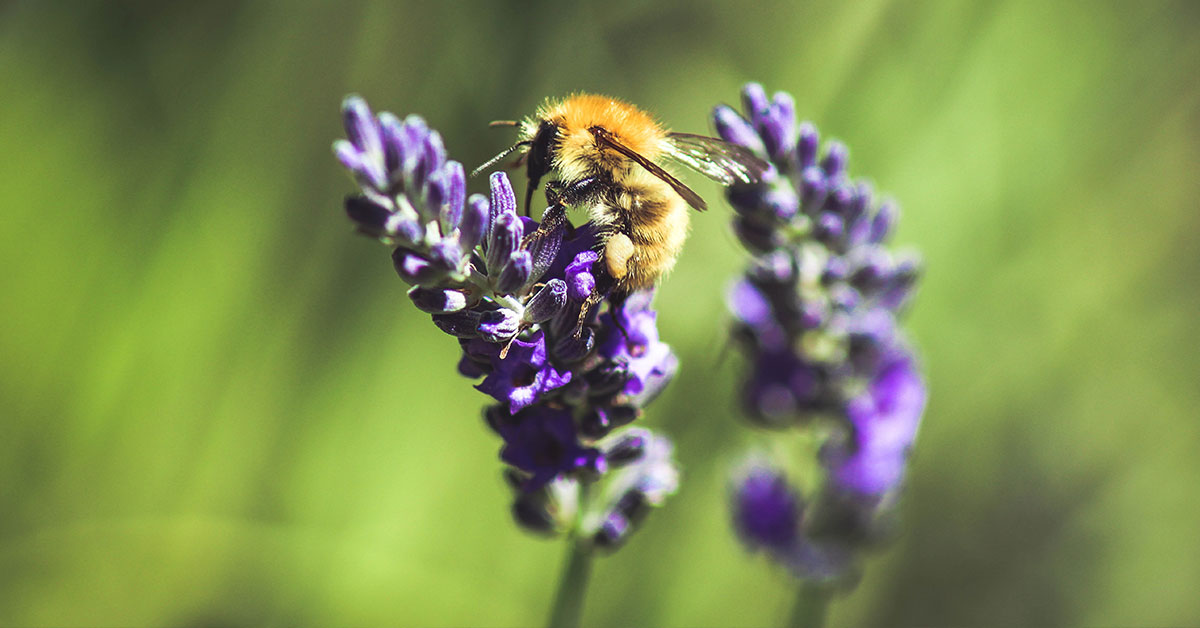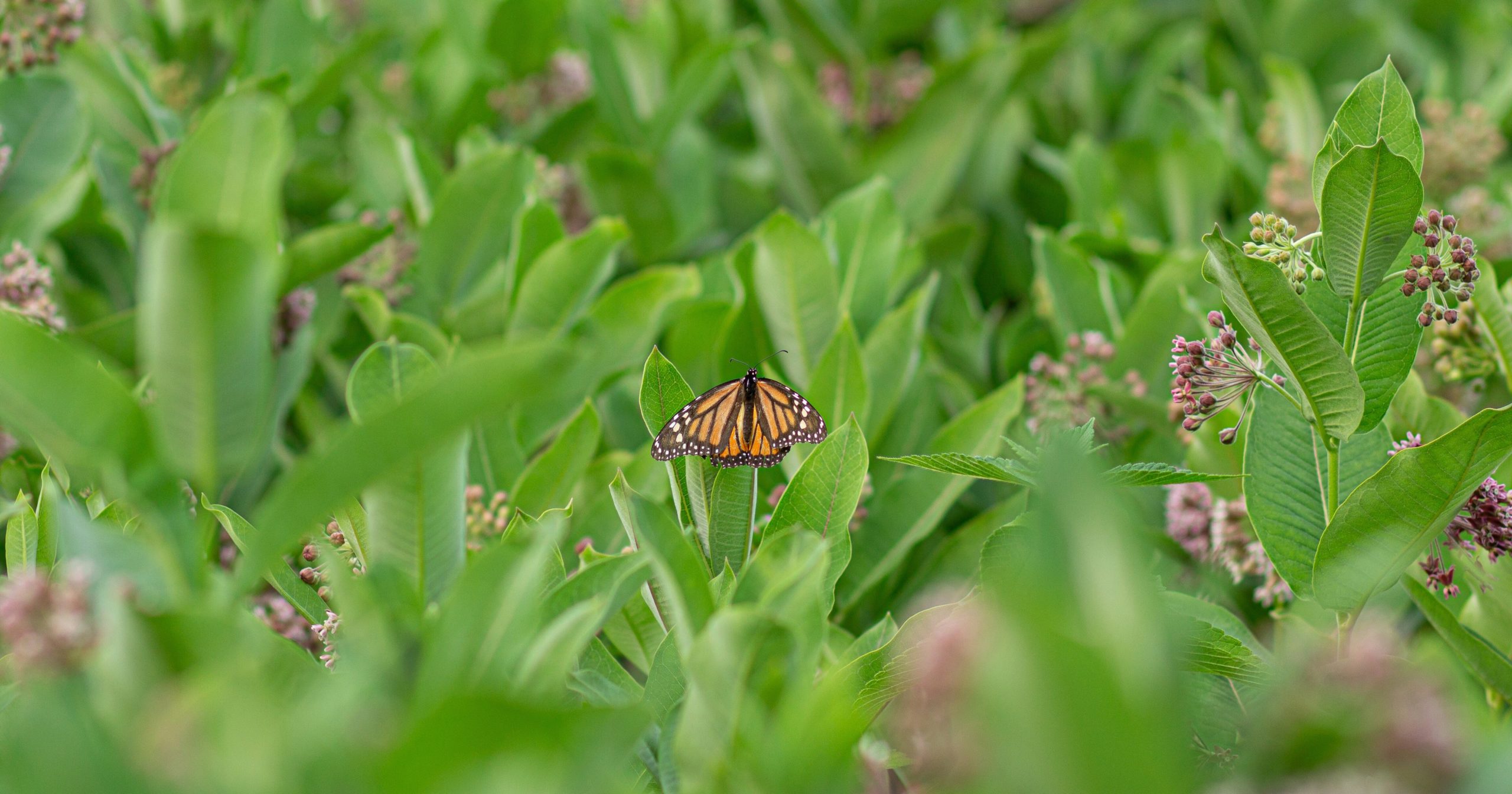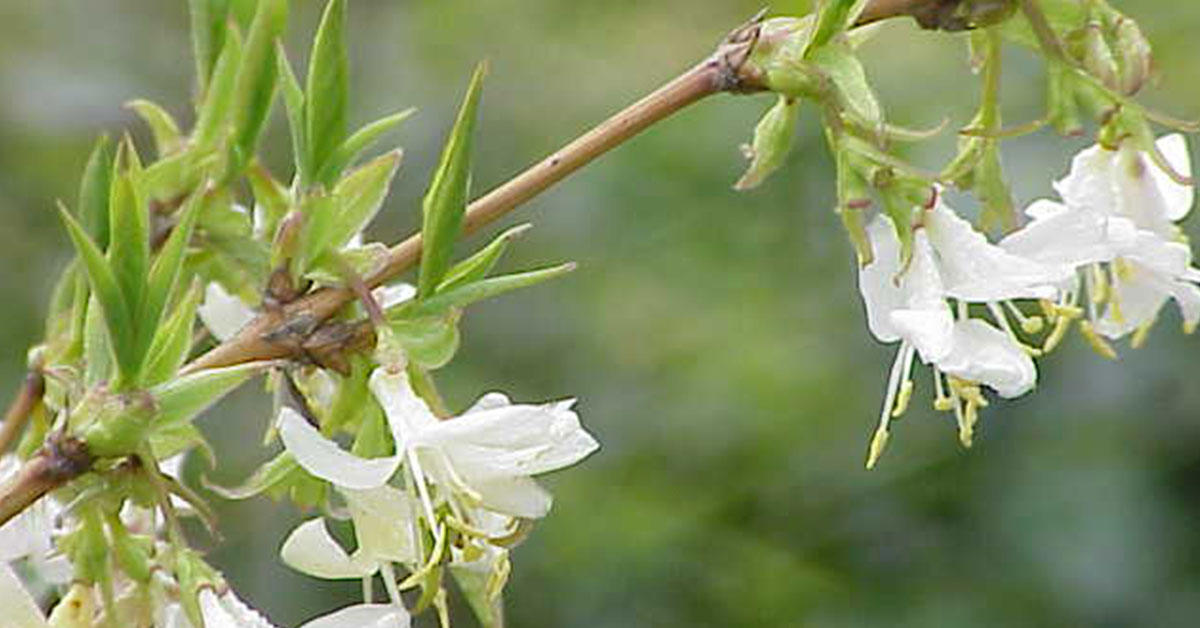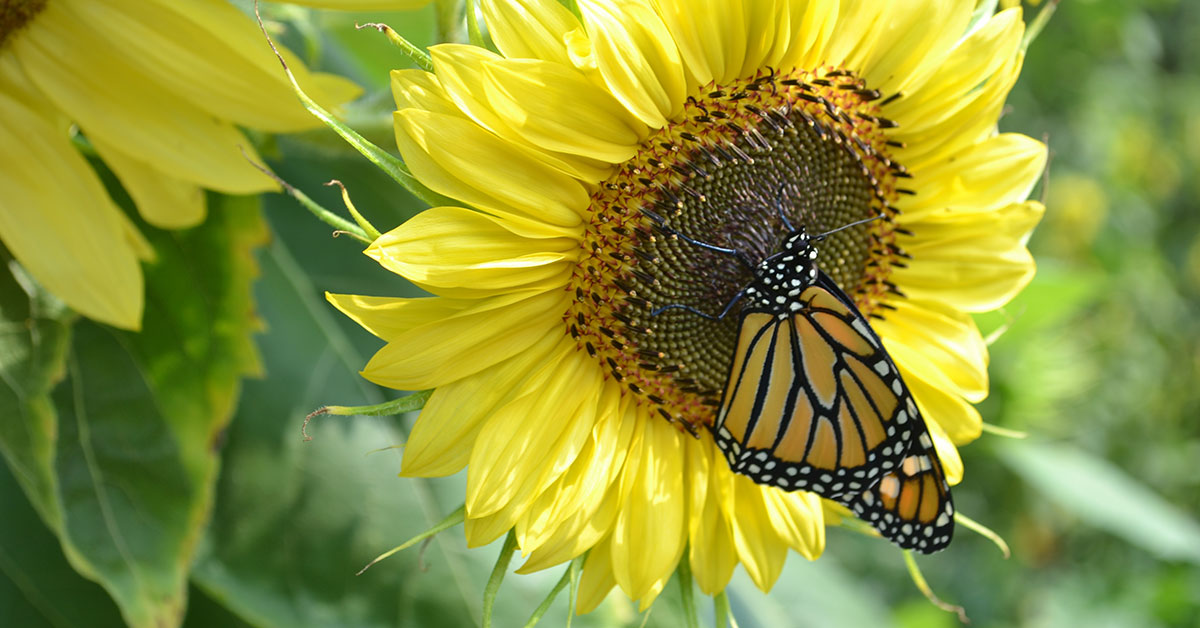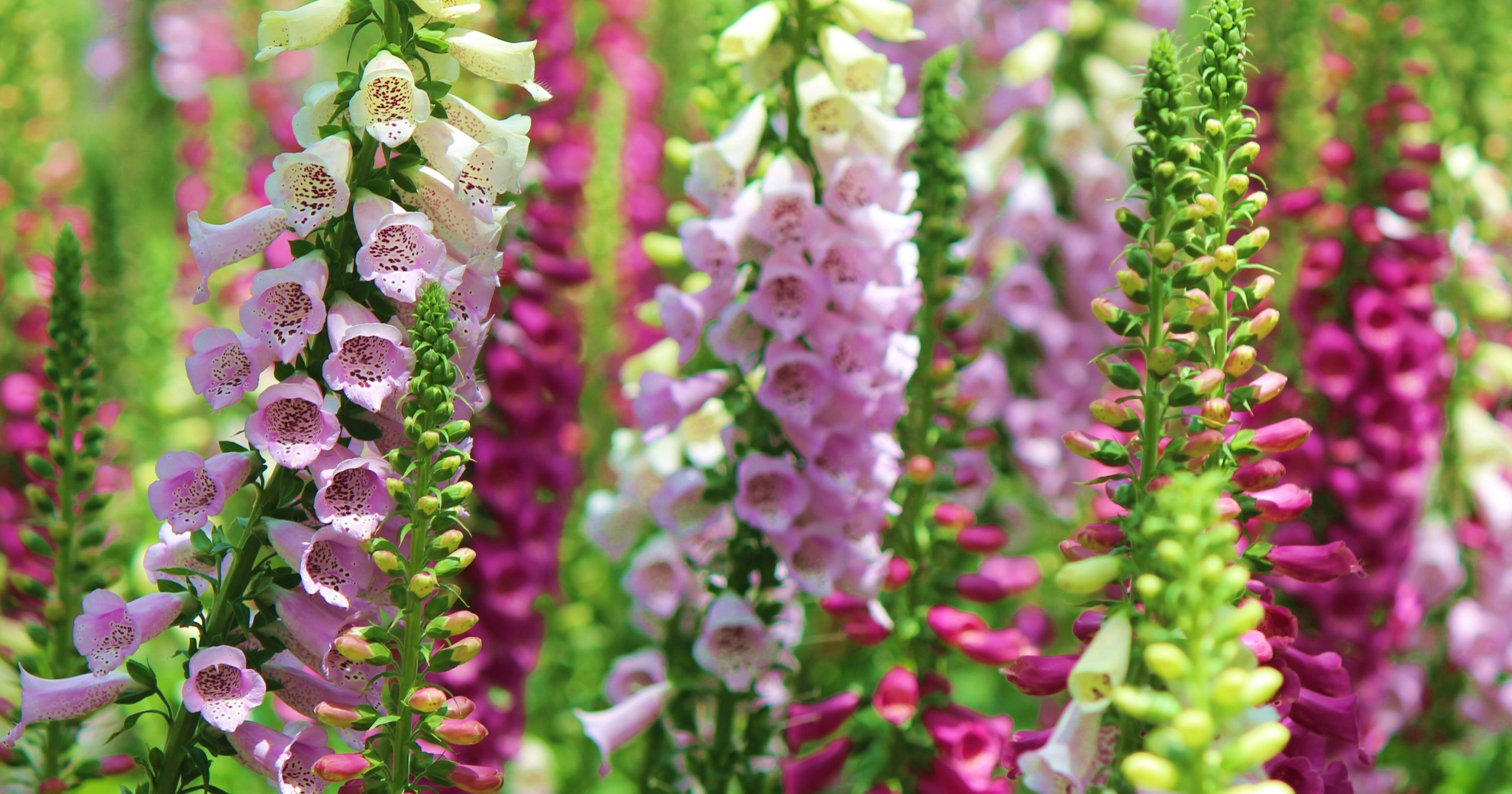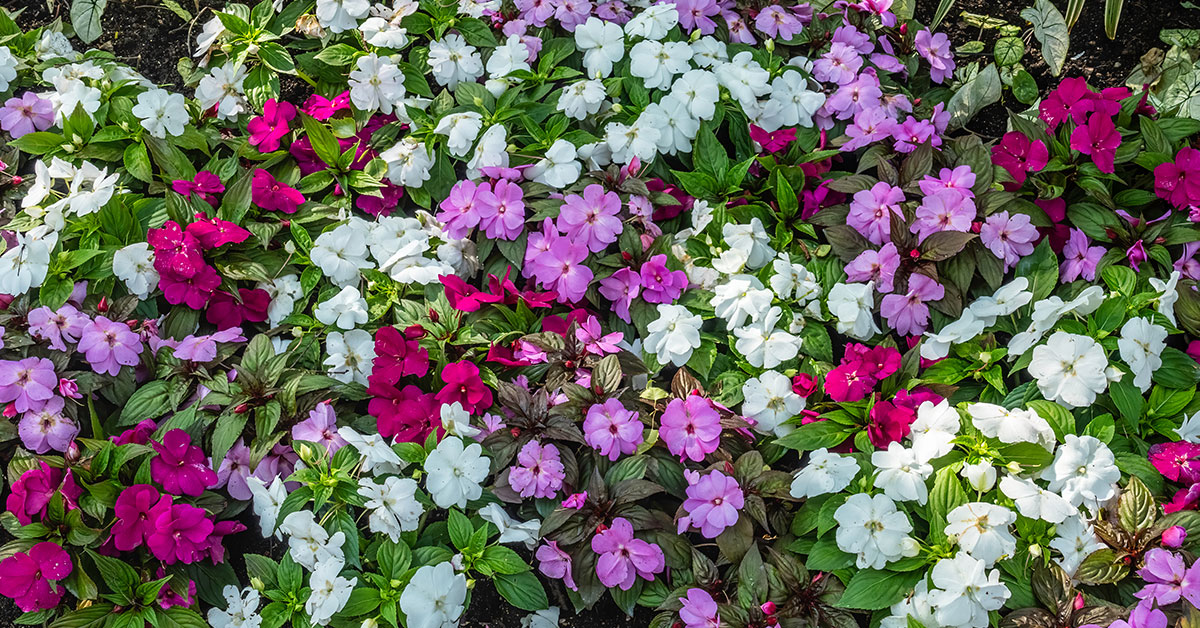The protea, with its breathtaking beauty and captivating presence, stands as a testament to nature’s artistic prowess. Originating from the diverse landscapes of South Africa and Australia, these magnificent flowers have captured the hearts of gardeners, floral enthusiasts, and admirers around the world. If you’re enchanted by the allure of proteas and eager to cultivate these extraordinary blooms, then this comprehensive guide is tailored for you.
In this article, we will delve into the art of growing protea, unraveling the secrets behind their cultivation, and unlocking the pathways to success. From understanding the various protea species and cultivars to mastering the essential steps for their propagation, cultivation, and maintenance, you will embark on a journey that celebrates the splendor of these remarkable plants.
What is a Protea?
Protea, scientifically known as Protea spp., is a diverse and fascinating genus of flowering plants that belong to the family Proteaceae. With over 1600 known species, Protea is one of the most prominent floral groups in the southern hemisphere, primarily found in Africa, Australia, and South America. These unique and beautiful plants have captured the attention of botanists, horticulturists, and flower enthusiasts around the world.
These plants have a rich history dating back millions of years. They are believed to have originated in the ancient supercontinent of Gondwana, which eventually split into the landmasses we know today. The majority of Protea species can be found in South Africa, where they have become an iconic symbol of the country’s floral heritage. However, Protea plants are not limited to Africa alone; they can also be found in various regions of Australia and South America, adapting to a wide range of climates and habitats.
They are renowned for their striking and unique floral structures. They can range in size from small shrubs to tall trees, with some species growing up to 100 feet in height. The flowers of Protea are often large, intricate, and colorful, attracting pollinators such as birds, bees, and even rodents. What sets Protea apart from other flowering plants is their inflorescence structure, known as a “cone” or “head,” which is composed of multiple individual flowers densely packed together. These cones can vary in shape, size, and color, making each species of Protea distinct and captivating.
These plants have evolved to thrive in diverse and often challenging environments. They have developed a range of adaptations that allow them to survive in habitats with low nutrient levels, high temperatures, and periodic droughts. Some species have adapted to withstand wildfires, with seeds that remain dormant until the heat of the fire triggers germination. Others have developed specialized root systems to extract nutrients from nutrient-poor soils. These adaptations contribute to the resilience of Protea plants and their ability to persist in their native habitats.
This plant holds significant cultural value in the regions where they are found. In South Africa, for example, Protea is the national flower and is often used in floral arrangements, weddings, and traditional ceremonies. The flowers are valued for their beauty and longevity, making them popular choices for bouquets and decorations. Protea plants also play a crucial role in ecological systems, providing habitat and food for various animals and insects. Their presence enhances biodiversity and contributes to the overall health of ecosystems.
Where is Protea native?
This stunning genus of flowering plants is renowned for its unique and exotic beauty. With over 80 species, Protea showcases a diverse range of shapes, sizes, and vibrant colors. While these captivating plants have become popular across the globe, it is essential to understand their native origins.
Native to the southern hemisphere, Protea is primarily found in the regions of South Africa and Australia. These plants have adapted to various climates, from the temperate regions of South Africa’s Western Cape Province to the drier, Mediterranean-like climate of the southwestern parts of Western Australia.
South Africa is home to the majority of Protea species, with the Cape Floristic Region being the primary hotspot. This region, known for its exceptional biodiversity, is home to approximately 330 different species of Protea. Within South Africa, the Western Cape Province is particularly rich in Protea diversity, making it a hub for enthusiasts and botanists alike.
Australia also boasts a significant presence of Protea, with the majority of species found in the southwestern parts of the country. The southwestern region of Western Australia, known for its unique flora and fauna, is where you’ll find a diverse range of Protea species. The sandy soils and Mediterranean climate of this area provide the ideal conditions for Protea’s growth and survival.
While Protea is not native to the United States, there are a few regions within the country where they can be cultivated successfully. Due to the similarities in climate and soil conditions, certain states have become popular for growing Protea. California, particularly the coastal regions, is known for its successful cultivation of Protea. The moderate climate and well-drained soils make it an ideal location for these exotic plants to thrive. Other states where Protea can be found include Florida, Texas, and Hawaii, where the warm and tropical climate is suitable for their growth.
How to start from seed
Known for their unique and intricate flower structures, they make for a beautiful addition to any garden or floral arrangement. While some varieties can be challenging to grow, starting proteas from seed is a rewarding and cost-effective way to introduce these beautiful plants to your garden. transplanting.
- Seed Collection:
To start growing proteas from seed, you first need to collect ripe seeds. Protea seeds are generally enclosed in woody capsules called follicles, which typically open when they are mature. Identify fully developed seed capsules by their firmness and color. When the capsules turn brown and start to open, it’s a sign that the seeds are ready for collection. Carefully collect the seeds by gently shaking the capsules into a container or by using tweezers. - Seed Preparation:
Protea seeds have a hard, impermeable seed coat that can hinder germination. To increase the chances of successful germination, it is recommended to scarify the seeds. Scarification involves breaking or thinning the seed coat to allow moisture to penetrate and initiate germination. You can scarify protea seeds by rubbing them lightly with sandpaper or by carefully nicking the seed coat with a sharp knife. Be careful not to damage the delicate embryo inside. - Seed Germination:
Protea seeds require specific conditions for successful germination. Fill a seed tray or a small pot with a well-draining, acidic soil mix. Moisten the soil before sowing the scarified seeds. Sow the seeds on the surface of the soil and lightly cover them with a thin layer of sand or vermiculite. Place the tray or pot in a warm and well-lit location, ideally with a temperature of around 70-75°F (21-24°C). Mist the soil regularly to keep it moist but not waterlogged. Germination can take anywhere from a few weeks to a few months, so be patient and maintain a consistent moisture level throughout the process. - Transplanting:
Once the seedlings have developed several sets of true leaves and are large enough to handle, they can be transplanted into individual pots. Use a well-draining potting mix with a slightly acidic pH. Gently lift the seedlings from the seed tray, taking care not to damage the delicate roots. Plant each seedling in its own pot, ensuring that the root system is adequately covered with soil. Place the pots in a sunny location, but protect the young plants from direct sunlight during the hottest parts of the day. Water the transplanted seedlings regularly, allowing the soil to dry slightly between waterings.
How to grow this plant in your garden
With their unique shapes and stunning blooms, Protea plants make for striking additions to any garden or landscape. This will help guide you through the process of successfully growing Protea plants, from selecting the right variety to providing them with optimal growing conditions.
- Choosing the Right Variety:
When it comes to choosing a Protea variety to grow, there are numerous options available, each with its own unique characteristics. Consider factors such as the climate in your region, the size of your garden, and your personal preferences in terms of bloom color and shape. Some popular Protea species include Protea cynaroides (King Protea), Protea magnifica (Queen Protea), and Protea repens (Sugarbush). - Climate and Growing Conditions:
Protea can thrive in Mediterranean or subtropical climates with mild winters and warm, dry summers. They require at least six hours of direct sunlight each day and well-draining soil with a pH level between 6 and 7.5. Before planting, it’s essential to ensure that your chosen location meets these criteria to provide the best possible growing conditions for your Protea. - Planting:
Protea plants can be propagated from seeds or cuttings, although growing from seeds may take longer to establish. If you choose to grow from cuttings, select healthy, semi-hardwood stems and treat them with a rooting hormone before planting. Dig a hole slightly larger than the root ball and place the plant in the hole. To ensure that the soil covers the roots adequately. Water the plant thoroughly after planting and mulch around the base to retain moisture and suppress weeds. - Watering and Maintenance:
They also have unique water requirements. As native plants to regions with low rainfall, they are adapted to survive in drought conditions. It is crucial to provide adequate water during their establishment phase. Once established, they prefer infrequent, deep watering rather than frequent shallow watering. Avoid over-watering, as this can lead to root rot. Additionally, regular pruning can help maintain the plant’s shape and promote healthy growth. - Fertilizing:
These plants have specific nutritional needs. They require a low-phosphorus fertilizer formulated for acid-loving plants. Apply the fertilizer in early spring and late summer, following the manufacturer’s instructions. Avoid excessive fertilization, as it can lead to excessive foliage growth at the expense of flower production. - Dealing with Pests and Diseases:
They are generally resistant to most pests and diseases. However, they may occasionally be susceptible to aphids, spider mites, or fungal infections. Monitor your plants regularly and take appropriate measures if you notice any signs of infestation or disease. Insecticidal soaps or horticultural oils can be effective for pest control. While proper air circulation and avoiding overhead watering can help prevent fungal issues.
Interesting facts about Protea
With over 80 species, Protea is a fascinating group of plants that captivates both botany enthusiasts and gardeners. They have some interesting facts that highlight their unique characteristics and significance.
- Ancient Origins: Protea is an ancient genus that dates back over 90 million years. Fossil evidence suggests that these plants existed during the time of Gondwana, the supercontinent that split into Africa, Australia, and South America.
- Cultural and Symbolic Significance: Protea holds great cultural and symbolic significance, particularly in South Africa, where it is the national flower. It represents change, diversity, and courage, making it a powerful symbol of the country’s history and resilience.
- Unique Flower Structure: One of the most distinctive features of Protea is its unique flower structure. The flower heads are composed of a dense cluster of small individual flowers surrounded by colorful bracts, which often resemble petals. This unique structure makes Protea flowers highly desirable for floral arrangements and bouquets.
- Remarkable Variety: Protea displays an incredible diversity in size, shape, and color. From small shrubs to large trees, the genus offers a wide range of growth forms. The flowers vary from compact and rounded to elongated and cylindrical, with colors ranging from vibrant reds and pinks to muted yellows and whites.
- Adaptability to Harsh Environments: Protea has evolved to thrive in some of the harshest environments on Earth. Many species are adapted to survive in nutrient-poor soils and areas prone to drought and wildfires. Their deep root systems and thick, leathery leaves enable them to withstand these harsh conditions.
- Ecological Importance: Protea plays a crucial role in the ecosystems where they occur. The nectar-rich flowers attract a wide range of pollinators, including birds, bees, and beetles. Some Protea species have even coevolved with specific bird species, such as the Cape Sugarbird and the Protea Canary.
- Horticultural Value: Protea has gained immense popularity in the horticultural industry due to its stunning flowers and unique appearance. It is widely cultivated around the world, particularly in Mediterranean climates. Its long-lasting blooms and ability to withstand drought make it an excellent choice for water-wise gardens.
- Medicinal and Therapeutic Uses: In traditional medicine, various parts of Protea plants have been used to treat ailments such as coughs, wounds, and stomach disorders. Some species also possess antimicrobial and antioxidant properties, which have attracted attention for potential therapeutic applications.
- Conservation Concerns: Despite their cultural and ecological significance, several Protea species are facing threats due to habitat loss, climate change, and invasive species. Efforts are underway to conserve these plants and their unique ecosystems through habitat protection and sustainable cultivation practices.
- Garden Delights: Whether you have a large garden or a small balcony, Protea can add a touch of elegance and uniqueness to your outdoor space. With proper care and attention to their specific needs, these plants can thrive and provide year-round beauty in your garden.
Protea is a remarkable genus of flowering plants that deserves our admiration and conservation efforts. Its ancient origins, unique flower structure, cultural significance, and ecological importance make it a truly fascinating group of plants.
